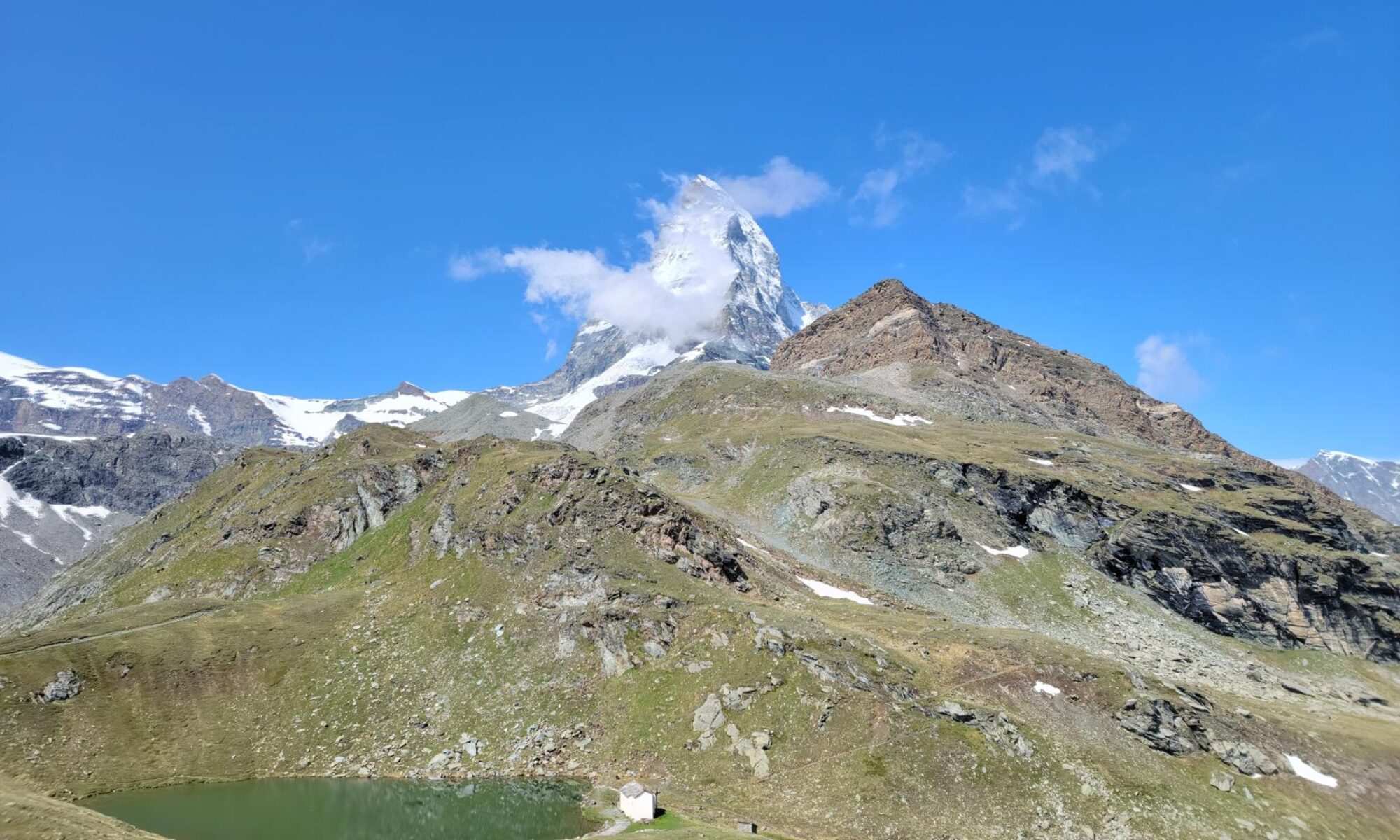The following pages contain materials and media directly related to our genealogy. It is categorized between our two families in order to make it easier to navigate as well as read.
Family Tree
A scalable SVG image of each Family Tree. They may take time to load, depending on your internet provided, so you may have to be patient.
Family Histories
Book Content
I started researching my genealogy some fifteen to twenty years ago, asking family members questions about what they knew of our family and anything else of interest. It was not long before I had assembled enough information to then search official records, both in the United States and later in those countries where distant relatives lived. Before records were even digitized, I spent long hours pouring over the lists of microfiche, selecting which ones to order, having them shipped to my local Latter Day Saints (LDS) center, where I could later view and store any records of interest on my USB memory device.
The first volume traverses my father’s paternal Irish side until I reached an end, due to ambiguous information, and then traverses what I could learn about his maternal side from Sweden. The fact that there is more information about my grandfather’s maternal side speaks somewhat to the Swedish need or foresight for record keeping, thanks perhaps due to the Swedish Church Law of 1686. Therefore, I found a preponderance of data and facts related to grandfather’s maternal lineage, instead of his paternal lineage. As good as the Irish were at record keeping, and they weren’t that bad, documentation can be rather sparse, ambiguous or just mistreated over the years. Countless wars, especially with the Danes, Normans and especially the English, more or less ensured some of its destruction. The Griffins, though relative newcomers to the United States, did their part. My great grandfather and grandfather, who both worked for the railroad, knew the Roosevelts and especially Eleanor quite well, since their travels often took them to Tivoli and Hyde Park, New York, where the two lived and worked. My great grandparents also had six sons in the military during World War II, all of whom somehow survived physically, though two were broken men for the rest of their lives.
The second volume details what is known about my father’s maternal German heritage. As early newcomers to the fledgling United States of America in 1709, her family witnessed and participate in its birth. The English queen brought her descendants here as part of the 1709 German Palatine Emigration and were eventually settled on the lands of Livingston, along the banks of the Hudson River in what was called then Queenstown, or present day Germantown, New York. Her family name, Lasher, actually goes all the way back to the German canton of Luzern in Switzerland, on the west side of the Hallwilersee near Mosen. Their former surname, von der Lüsch, has changed so often over the years, that it is vaguely similar to its present form. The family was once very well off in the late 1800s and early 1900s, their main source of income derived from their large farm holdings in the county. However, when the Depression hit, it changed many lives, including her family’s and they never fully recovered.
The third volume is a research into my mother’s paternal and maternal Austrian and German heritage. Both of these families arrived sometime between the 1880 and 1905, one of which had a brief stay in the Allentown area of Pennsylvania, both of which eventually settled in the city of Hudson, New York. The paternal side is from the eastern most part of Austria, in present day Moschendorf, Burgenland, when it was part of the Austro-Hungarian Empire before World War I and called Németsároslak[1]Later called Nagysároslak in 1898 by the Hungarian government, until 1920 when it was given to Austria., Vas, Ungarn. Back then, the town actually had a Hungarian name, even though it was mostly comprised of ethnic Germans and often called Moschendorf. The maternal side is from Baden-Württemburg, historically known as Swabia, from the hamlet of Gleichen, a few kilometers south of Pfedelbach, Germany. My great grandfather was left with relatives by his mother, who later remarried and sent for him. He later did very well for himself and his family, and at the end of his life owned real estate in both Hudson and Churchtown, New York.
The forth volume contains no real research, but essentially documents my parent’s lives and experiences as they grew up and had a family. Obtained from multiple sources, interviews and just simply asking them questions from time to time, it details what life was like as a young adult in the 1940s, 1950s in the Hudson Valley of New York. Later chapters give somewhat of a historical account of raising a family during the 1960s, 1970s and 1980s in rural America.
Likewise, the fifth volume contains little research, but rather some details of my own life and my marriage to my High School girlfriend, Patricia De Cicco. Written with my children in mind, it was not meant to cover everything or all time periods, but basically some of events in my early child and young adult life, events they might find of interest if they were to ask. Similar to the curiosity I had about my own parents and their early lives.
Lastly, the sixth volume details what could be learned about the paternal and maternal sides of my wife’s family. The research here even included our own trips to the area in and around Campania and Naples, Italy, from where the families originally emigrated. Unfortunately, research beyond the middle 1800s reveal little if any information, due to the lack of civil documents. However, religious documentation has still to be explored and could yield hidden secrets, that present day families are unaware.
References
| ↑1 | Later called Nagysároslak in 1898 by the Hungarian government, until 1920 when it was given to Austria. |
|---|

